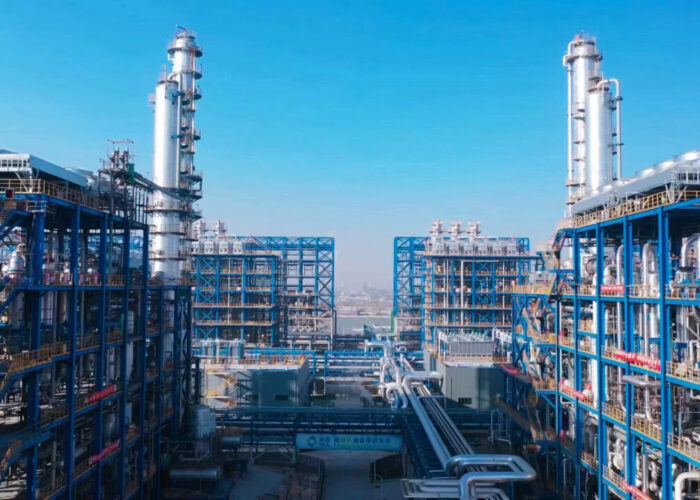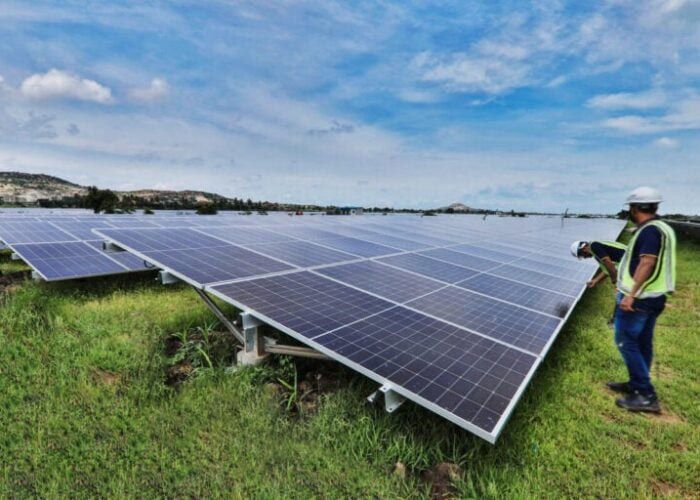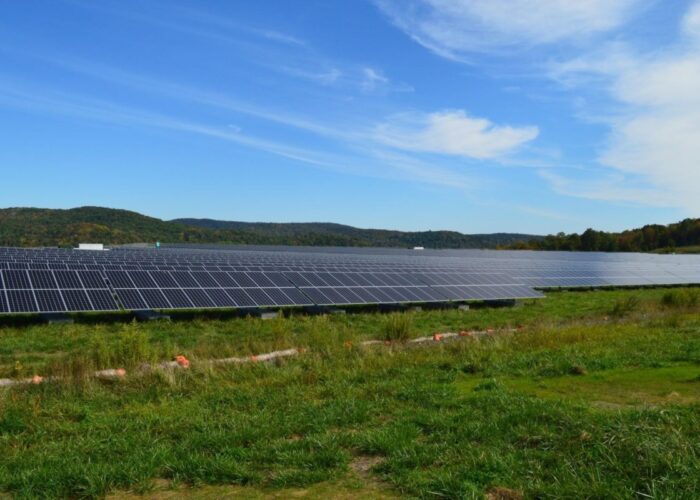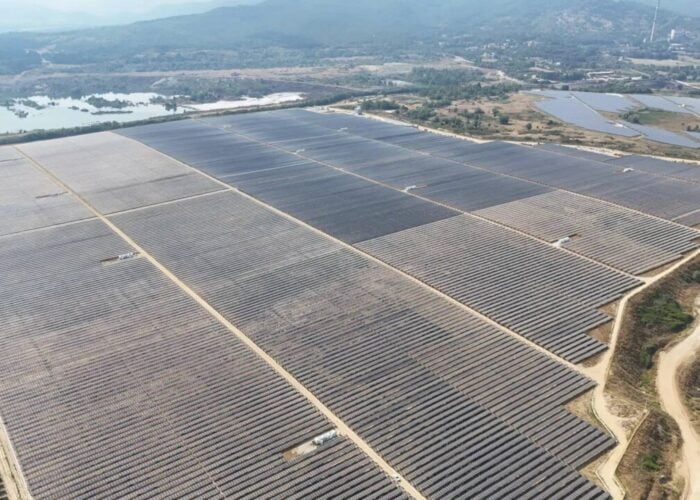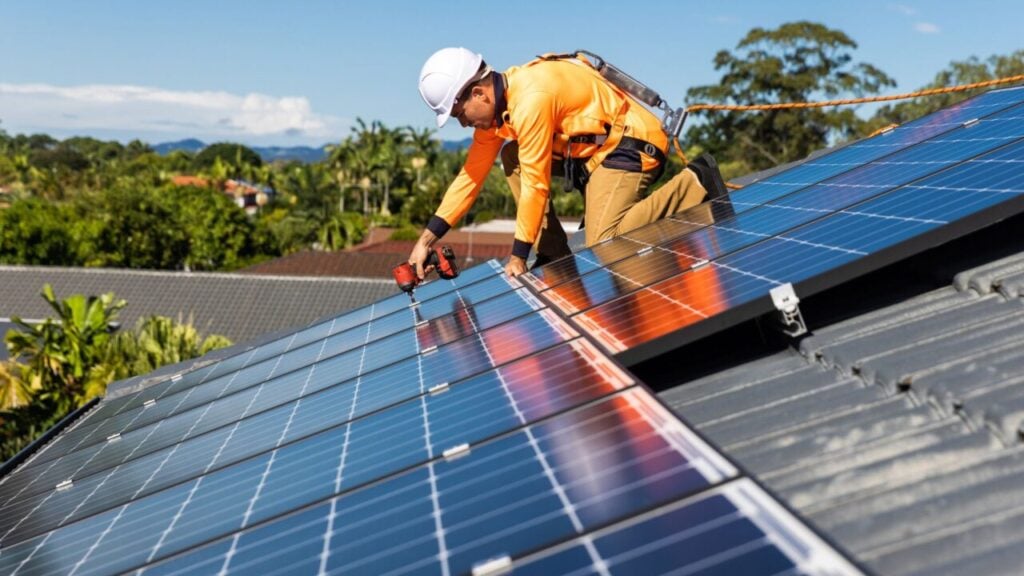
2025 will be the first time in over a decade that solar power additions decline in the EU, according to a mid-year report from SolarPower Europe.
The 27 EU member states are forecast to install 64.2GW of new solar PV capacity this year, a 1.4% drop from the 65.1GW installed in 2024.
Try Premium for just $1
- Full premium access for the first month at only $1
- Converts to an annual rate after 30 days unless cancelled
- Cancel anytime during the trial period
Premium Benefits
- Expert industry analysis and interviews
- Digital access to PV Tech Power journal
- Exclusive event discounts
Or get the full Premium subscription right away
Or continue reading this article for free
Despite the slowdown, Europe will still inch past its 2025 instalment target of 400GW. SolarPower Europe said thanks to “years of solar boom”, the bloc should have 402GW of installed capacity by the end of the year.
Momentum in the sector has waned over the last 18 months. 2022 and 2023 saw expansions of 47% and 51% respectively – this fell to 3.3% in 2024.
The biggest reason for both the acceleration and deceleration was the energy crisis triggered by the full-scale Russian invasion of Ukraine in February 2022. As prices rose and gas supply fell, Europeans rushed to install solar capacity to insulate themselves from price volatility and blackouts. Supported by the EU’s REPowerEU scheme, the sector grew rapidly.
But as prices have stabilised and governments in major markets have removed subsidies and incentives for rooftop residential solar, in particular, the pace has slackened.
In a statement, SolarPower Europe said: “In traditionally strong residential rooftop solar markets, like Italy, the Netherlands, Austria, Belgium, Czechia, and Hungary, households are now postponing installations as the impact of the 2022 energy crisis wanes. For most of these markets, the withdrawal of incentive schemes without adequate replacements is resulting in a residential rooftop market collapse of over 60% compared to 2023. Similarly, Poland, Spain, and Germany are experiencing a decline of over 40%.”
By contrast, the utility-scale sector is forecast to continue growing. SolarPower Europe forecasts that the sector will account for roughly half of all new power capacity in 2025. This is being driven by national state auctions, with a particular emphasis on hybrid solar and energy storage projects. In the last month, both Italy and Germany have hosted oversubscribed PV and solar-plus-storage tenders.
However, while solar auctions strengthen, Corporate Power Purchase Agreements (cPPAs) are wavering. “Falling electricity prices have reduced buyers’ incentive to sign long-term deals,” SolarPower Europe said. “New solar PPA signings have dropped by 41% between Q1 and Q2 this year, raising questions over the market’s near-term performance.”
Last week, PV Tech Premium reported from a panel discussion where SolarPower Europe called for policy clarity and greater private investment to realising Europe’s distributed PV targets.
Unless installations pick up, Europe will fall short of its installation goals. SolarPower Europe predicts 723GW of installed solar capacity by 2030, short of the 750GW target. Despite this, solar overtook coal in overall EU power generation last year, according to data from climate think tank Ember. The report claims that, as of January 2025, the EU avoided €59 billion in coal and gas imports since 2019 due to expanding renewable energy capacity.
Still, the stall in capacity growth is concerning, said deputy CEO of SolarPower Europe, Dries Acke: “The number may seem small, but the symbolism is big. Market decline, right when solar is meant to be accelerating, deserves EU leaders’ attention. Europe needs competitive electricity, energy security, and climate solutions. Solar delivers on all of those needs. Now policymakers must deliver the electrification, flexibility and energy storage frameworks that will drive solar success through the rest of the decade.”

